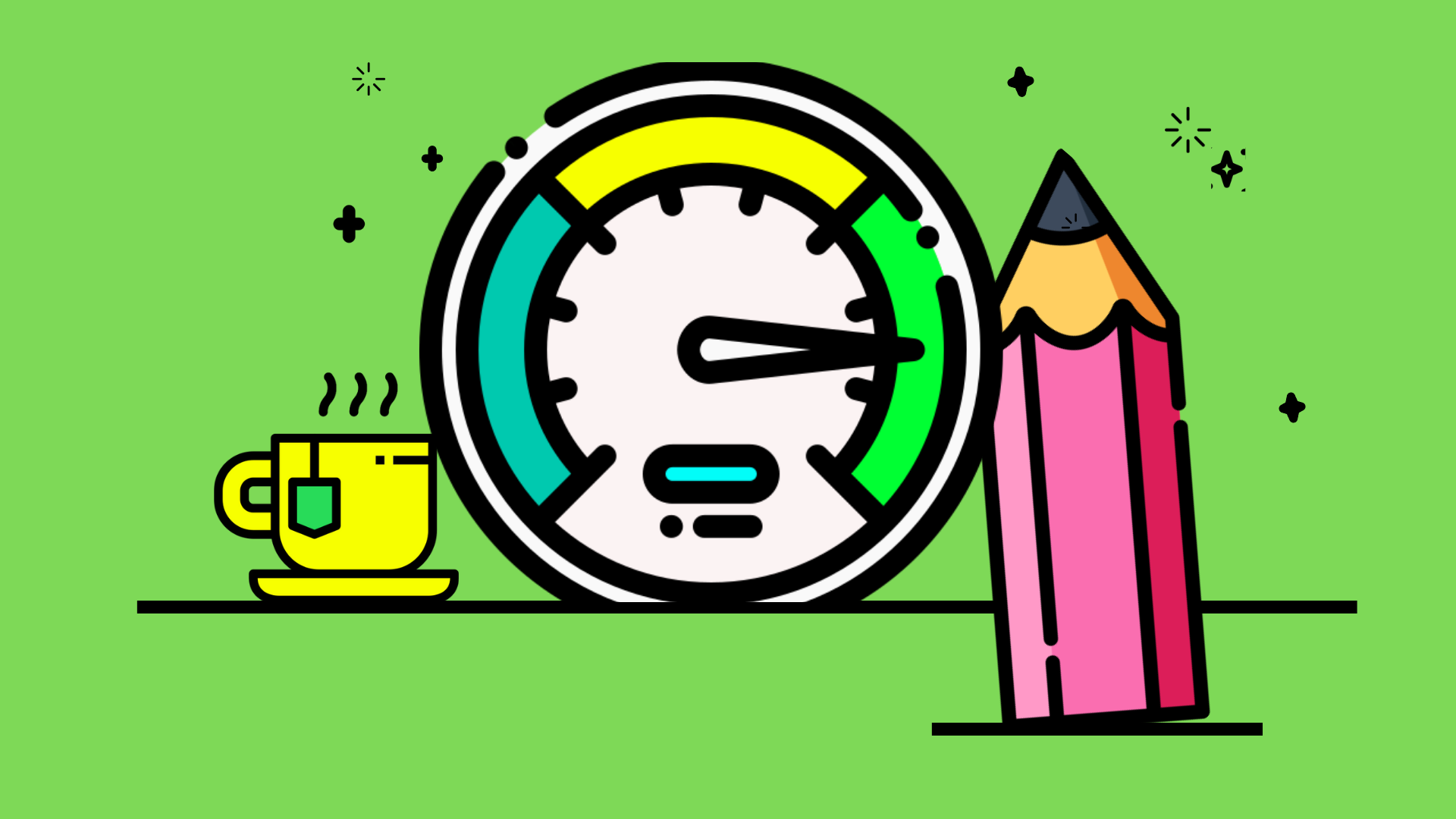Conversion is the ultimate goal of a website. Depending on the type of website you have, the conversion may mean being able to make a sale, signing up, downloading something, or whatever desired action you would want your site visitors to make.
Conversion, however, is not as easy as it sounds. There are many factors at play as to how likely you can convert your site visitors. One of these factors is web design.
According to Kenneth Sytian, a web designer in the Philippines “It is true that the design of your website is an important aspect of your website and it’s not just about improving the visual appeal of your site but the entirety of how your site is engineered.”
In order to maximize the ability of your website to encourage conversion through your site’s design, the following are 9 web design principles that you should take a look into:
1. Follow Hick’s Law
Hick’s Law, or Hick-Hyman Law, a psychological principle named after psychologists William Edmund Hick and Ray Hyman, states that the time an individual needs to make a decision is directly affected by the number of possible choices available for him or for her. That being said, when there are more choices that a person can take, the decision time is longer.
This principle is adopted in web design, and the general consensus is to limit the number of choices that your site visitors can take so that they be able to make a decision faster. One of the areas of site design where you can do this is in navigation where you must limit the number of options in the navigation bar. Otherwise, your site visitors might lose interest in the sheer number of options there are, and would less likely take action.
Another great application of Hick’s Law for your website is by using a welcome gate. A welcome gate is essentially a full-screen call-to-action that overlaps all your content. The user has a choice of either doing your desired action or closing the welcome gate to get to the rest of your site.
2. Optimizing the Speed of your Website
Another aspect of your web design that you need to work on is website speed. The speed of your website is so important that every second longer that your site loads will cost you 7% in possible conversion. Generally, your site should have loaded within 3 seconds. After that, you’ll start losing your customers.
To help make your site operate faster, some things that you can do are the following:
- Make use of adaptive images
- Allow caching
- Limit the number of plugins you have
- Make use of CSS Sprites
- Enable compression
- Minify your CSS and Javascript
3. Leverage the Rule of Thirds
When people take photos, they think that the best way to do so is to put the subject at the center. The better thing to do is to follow the rule of thirds.
In order to do so, visualize a 3-by-3 grid, giving you 9 squares. The four corners of the middlemost square, are considered the most strategic locations of the grid, and where you should place your subject to encourage the most impact.
To maximize your conversions, you can make use of the rule of thirds in two ways: make use of photos that practice the rule of thirds, or by also practicing the rule of thirds on your web design, and make sure that you place key site elements in the four key locations of your page.
4. Use Faces
Another strategy that you can use to improve your conversion is leveraging on the natural propensity of your visitors to empathize with human emotions. Make use of photos that show faces with emotions, but make sure that these emotions are relevant to the content for which you are using these photos. The key idea here is to make your connection with your site visitors stronger by banking on the power of emotions visualized through faces. Use this strategically and you can earn more conversions than before.
5. Use Negative Space
When it comes to web design, another consideration that you should look into is your use of negative space. Negative space refers to the blank areas of your site, as in those areas that do not have objects in it. It is best to have ample negative space in your site as to not make your site look crowded. With a lot of negative space, your page would be easier in the eyes.
Negative space is also needed in your textual content such as in between letters, words, lines, and paragraphs. The key is to not crowd your text too much because doing so be an eyesore, and would discourage readership. It is best to have enough space.
6.Testimonials and Reviews
Another way to encourage conversion is by making use of user-generated content in the form of testimonials and reviews. These serve as social proof and can help encourage conversion, especially from first-time visitors.
Your visitors will appreciate the opinion of other people who have tried a certain product, or experienced a certain service, as this can help them decide whether it is worth to try it themselves. Reviews from actual users are seen as unbiased, and can really push one to try a product or service out if the feedback is generally positive.
It is then important to encourage your customers to leave their feedback, and if possible, provide incentives for doing so.
7. Color Matters
Colors play an important role in your site’s design. Each color embodies a different meaning, and it is your decision to choose which color you would want your brand to be associated with.
You can also make use of an array of colors, but make sure you consistently make use of the colors in the purpose you assign them for. Designate an official color scheme, and use these across your site, making sure to stick to the purpose you assign each color for. Use color as a branding strategy and also use the same color for your packaging, or for your forms, and any other site elements that would need to have color.
8. Use the 8-Second Rule
You should also take into consideration the 8-second rule which states that you only have 8 seconds to grab the attention of your site visitors. This time is considered to be the attention span that we, as humans, have. This time should also be maximized in order to win your site visitors. Make effective use of the short period of time you have in order to convert your visitors.
9. Remember the Gestalt Similarity Principle
Finally, you should be aware of the Gestalt similarity principle or the Law of Similarity which states that things with the same visual characteristics (i.e., shape, size, color, texture, etc), are seen as belonging together. Humans also have the natural propensity to try to group similar things together and that is why it is important that you are aware of how the brain tries to group things together, and how you can use this to your advantage.
In the case of web design, it is best to make related elements of your site to have the same visual characteristics, and then separating the others by using different attributes. You can use this to encourage conversion by making sure that your site visitors know which site elements should be taken together such as your CTA and its explanatory content.
Boost your Conversion with these Web Design Principles
These above web design principles can effectively be used to boost your conversion rates. Effectively follow these principles in order to improve your web design, and make it work to encourage your site visitors to your desired action. Practice them today and see how much better your conversion potential can be.


